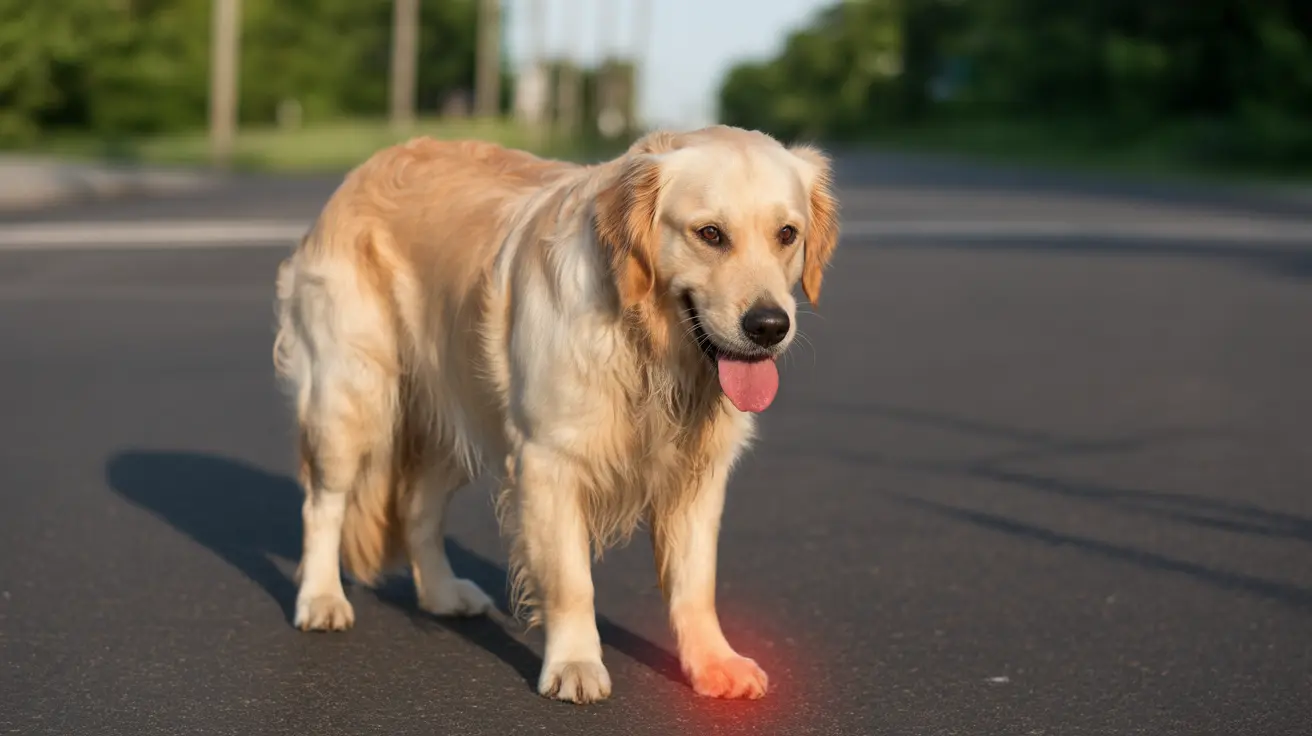Is the Dragon Tree Safe for Cats? What Every Pet Owner Should Know
Dragon trees, belonging to the Dracaena genus, are popular houseplants due to their striking appearance and minimal maintenance. However, pet owners should be cautious—these plants are toxic to cats and can lead to various health issues if ingested.
Why Dragon Trees Are Toxic to Cats
The main reason dragon trees pose a danger to cats lies in their chemical composition. These plants contain a group of natural compounds known as saponins. While saponins serve as a natural defense mechanism for the plant, they can be harmful when consumed by animals, especially felines.
- Saponins cause gastrointestinal irritation.
- They can affect the central nervous system.
- No specific antidote exists; treatment focuses on symptom management.
Symptoms of Dragon Tree Poisoning in Cats
If a cat chews on or ingests parts of a dragon tree, symptoms often appear quickly. These symptoms include:
- Drooling and nausea
- Vomiting and diarrhea
- Abdominal pain and weakness
- Unsteady walking and lethargy
- Dilated pupils and rapid heartbeat
- Loss of appetite
- Depression and behavior changes
Fortunately, the toxicity usually results in short-term complications. No significant or lasting damage to the liver, kidneys, or GI system has been widely reported.
What to Do If Your Cat Ingests a Dragon Tree
If you suspect your cat has eaten part of a dragon tree, immediate veterinary attention is crucial. Do not try to induce vomiting unless advised by a professional. The following steps may be part of veterinary treatment:
- Administration of intravenous or subcutaneous fluids to combat dehydration
- Medications for nausea and pain relief
- Physical examination and blood tests to evaluate electrolyte balances
- Monitoring of vitals and confinement to a stress-free environment
In most cases, symptoms resolve within 24 hours provided there is no continued exposure, and the cat receives supportive care.
Home Care Tips
Owners can assist recovery by:
- Removing access to the plant
- Ensuring the cat stays hydrated
- Observing for lingering symptoms
- Providing a calm, comfortable space
Note: Antibiotics are usually not used unless there’s evidence of a secondary infection.
Similar Toxic Plants to Avoid
If you’re a cat owner, it’s wise to avoid not only dragon trees but also other common plants containing saponins or similar toxic compounds. These include:
- Madagascar dragon tree (Dracaena marginata)
- Straight margined dracaena
- Corn plant (also Dracaena)
- Aloe vera
- Asparagus fern
- Dieffenbachia
- Elephant ear
- Lilies (especially Easter and stargazer)
- Cyclamen
- Jade plant
- Satin pothos
- Mistletoe cactus
All of these can induce reactions like drooling, abdominal pain, vomiting, and in extreme cases, organ failure.
Protecting Your Pets and Plants
It is essential for pet owners to understand the risk certain houseplants pose. Here's how to minimize exposure:
- Keep toxic plants out of reach, or better yet, remove them entirely.
- Clear any fallen leaves promptly, as they might be chewed on.
- Train cats using deterrents or positive reinforcement to stay away from plants.
- Use alternative pet-safe plants like spider plants or Boston ferns.
Recovery of the Dragon Tree
Interestingly, if your cat has chewed or stripped the leaves from a dragon tree, the plant often can recover. Follow these guidelines:
- Pause watering until soil thoroughly dries
- Move plant to a location with bright, indirect sunlight
- Prune damaged tissue with clean, sharp tools
- Consider propagation if the plant is severely deteriorated
When to Seek Emergency Help
Time is critical in cases of plant toxicity. If your pet shows severe symptoms such as persistent vomiting, lethargy, or signs of dehydration, consult a veterinarian or call:
- ASPCA Poison Control
- Pet Poison Helpline
Fast intervention can make a significant difference in recovery outcomes.
Final Thoughts
While dragon trees add beauty to any home, they are not cat-friendly. Their saponin content makes them hazardous to pets, especially when consumed. By educating yourself and taking preventive steps, you can keep your feline friend safe without compromising on greenery in your home.





